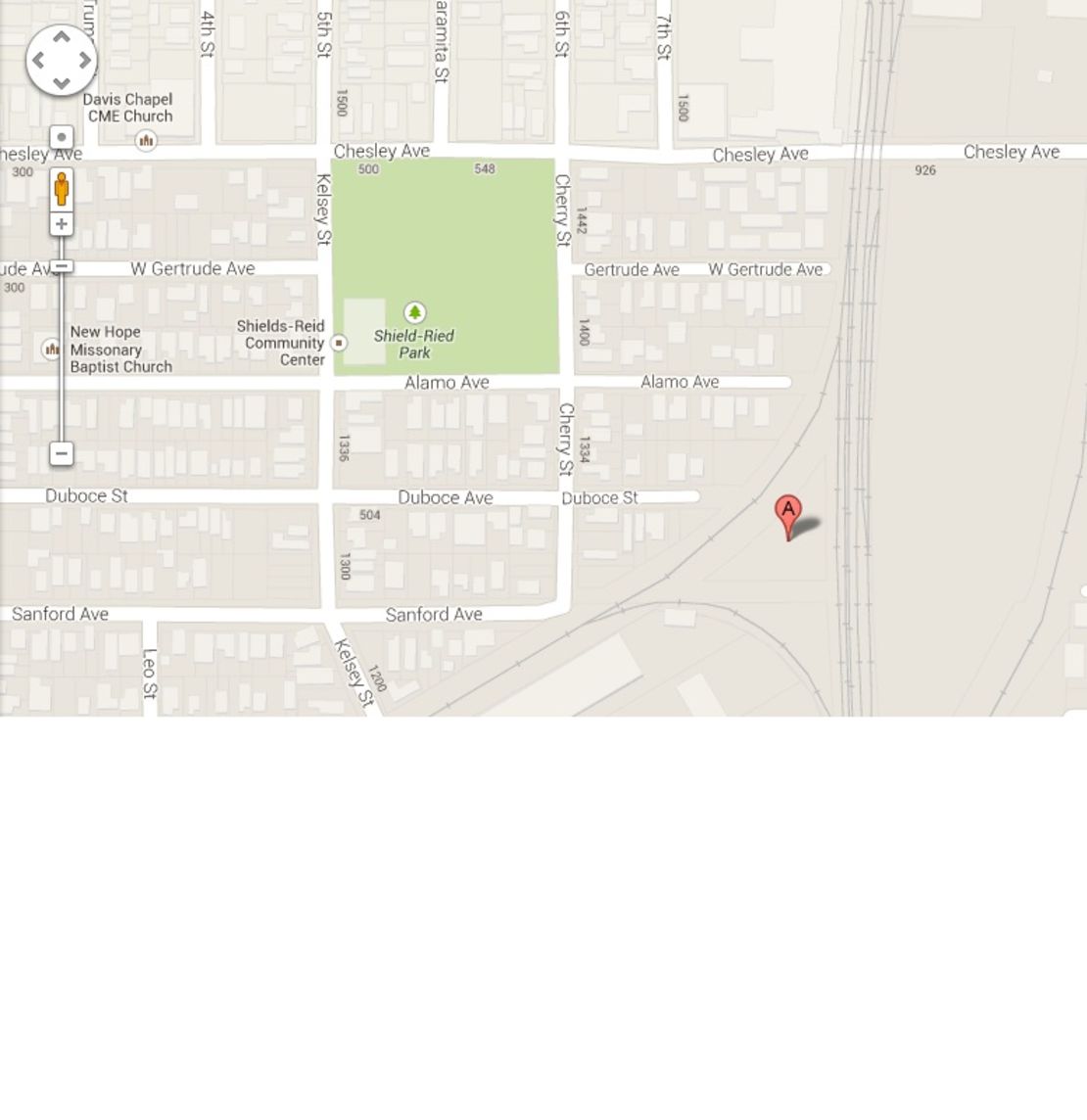Story highlights
NEW: Google says it will remove apparent image of dead teen
Father says Google Maps image shows body of dead son
14-year-old Kevin Barrera was shot and killed in 2009 in Richmond, California
Satellite image shows police car, officers, apparent body
Google says it will replace a Google Maps image after a California father complained it shows the body of his teen-age son, who was shot to death in 2009.
Jose Barrera, of Richmond, California, said he discovered the image, visible on Google Maps’ satellite view feature, last week.
“When I see this image, it’s still like that happened yesterday,” Barrera told KTVU-TV in Oakland, a CNN affiliate. “And that brings me back to a lot of memories.”
Kevin Barrera, 14, was shot and killed in 2009. Police discovered his body near a railroad track in Richmond on August 15 of that year, at an address that roughly matches the one of the scene in question.
His killer has not been found.

“Our hearts go out to the family of this young boy …,” said Brian McClendon, vice president of Google Maps, in a written statement sent Monday to CNN and other media outlets. “Google has never accelerated the replacement of updated satellite imagery from our maps before, but given the circumstances we wanted to make an exception in this case.”
McClendon said replacing the image will take about eight days and that Google has spoken to the Barrera family “to let them know we’re working hard on the update.”
The image, which was still accessible on Google Maps on Monday afternoon, shows a police cruiser and a small group of people standing near what appears to be a prone human form near a set of train tracks.
CNN will not show the image without approval from the slain teen’s father. Messages left for Barrera had not been returned as of Tuesday morning.
Barrera had said he planned to formally complain to Google and to lobby state lawmakers for their help in removing the image if needed.
“What’s the point to show those pictures to the people, you know – pictures of my dead son?” he said. “This is really painful to the whole family.”
People frequently ask Google to remove content they find objectionable on its Maps pages, including Street View and Google Earth.
In many cases, the company declines such requests, though it’s not a sure thing.
“Your privacy and security are important to us,” the company writes on a Google Maps privacy page. “The Google Maps team takes a number of steps to help protect the privacy and anonymity of individuals when images are collected for Street View, including blurring faces and license plates. You can easily contact the Street View team if you see an image that should be protected or if you see a concerning image.”
The page says users “can also request the removal of images that feature inappropriate content (for example: nudity or violence).”
Google’s unprecedented ability to attach imagery with its Maps product has been controversial for years.
As early as 2008, a Pennsylvania couple sued Google over their home being pictured on Street View. They argued the value of their home, which they purchased in part for privacy, was diminished. Google was ultimately ordered by a judge to pay the couple $1.
The U.S. military prohibits Google from capturing images of military installations, and the company has cooperated with a request to remove ones that already existed. Some privately owned communities also have succeeded in asking the company to remove Street View and satellite images from Maps.
Google has faced even stiffer opposition outside the United States to its mapping services. In Germany, where opposition came from political leaders as well as privacy watchdogs, households were eventually given the option to opt out of Street View. Images of about 240,000 German addresses were blurred out in the feature’s first few months there.




